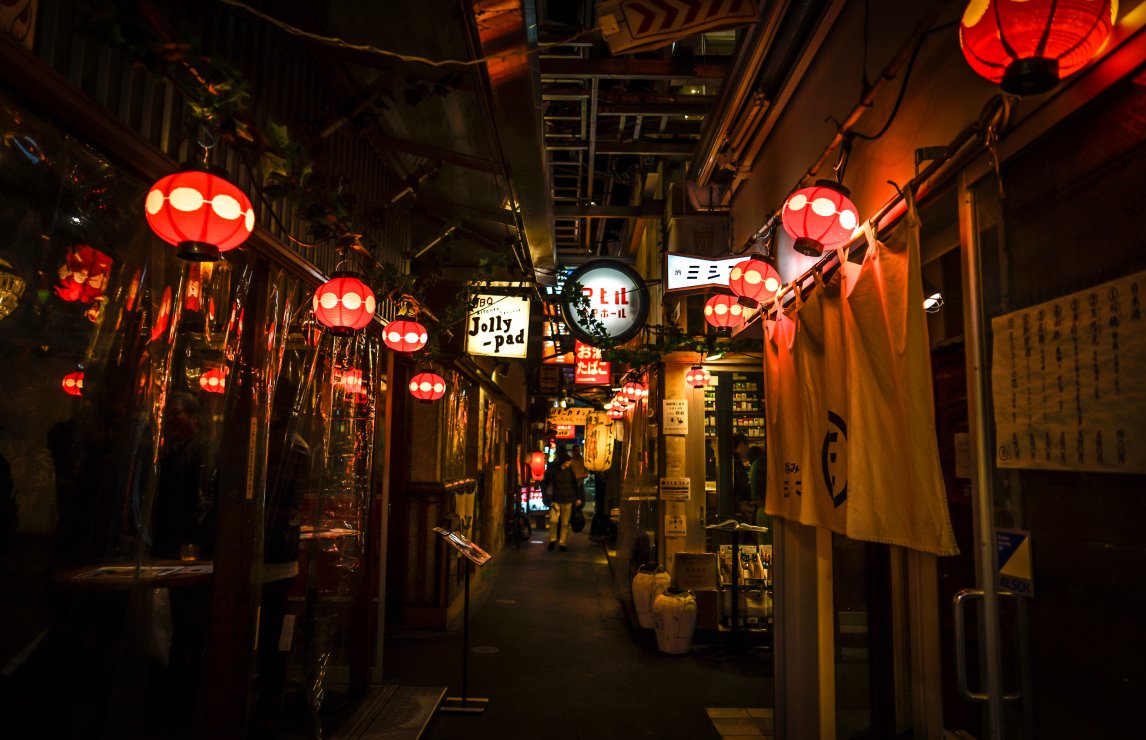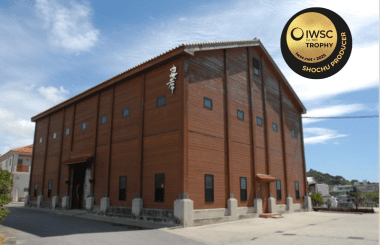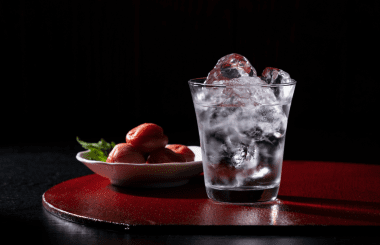Shochu: what is it and which bottles should you try?
Asian spirits have a knack of being beautifully crafted liquids with a beguiling texture – and shochu is no exception. Shochu – not to be confused with the Korean spirit soju – is a distilled Japanese spirit which has been produced and consumed in the country for over 500 years. It can be made using up to 55 different raw and processed ingredients, but the most common are barley, rice, sweet potato and molasses; others include buckwheat and brown sugar.
There is some debate as to how distillation arrived in Japan, but the most accepted theory is that technique arrived from Southeast Asia via the Ryukyu Route in present day Okinawa islands. Today, there are various types of shochu. Honkaku shochu are of the highest quality and are fermented using koji and yeasts, distilled only once using single pot distillation to retain the authentic flavour of the base ingredient. Awamori shochu is the oldest form of distilled spirit in Japan and is made using rice, black koji and single distillation. Awamori goes through a unique ageing method known as ‘Shitsugi’ – a fractional blending technique of aged shochus in ceramic jars, with the oldest jar going back decades. It's similar to sherry's solera system, and aged Awamoris can be very complex, with notes of nuts, spices and mushrooms, and tend to complement densely seasoned and rich dishes.
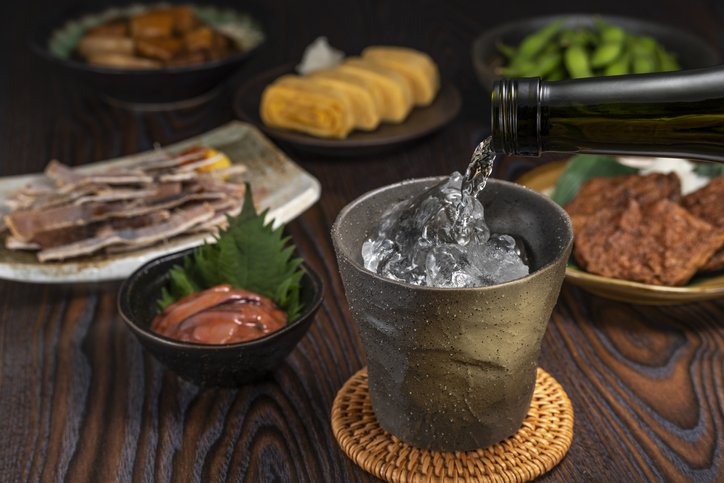
Regionality is very important to Japanese craft spirits and shochu has four prefectures which are recognised by the World Trade Organisation:
- Iki shochu, made on Iki-no-Shima Islands in Nagasaki Prefecture
- Kuma shochu, made in Kumamoto Prefecture
- Satsuma shochu, made in Kagoshima Prefecture
- Awamori shochu, made in Okinawa Prefecture
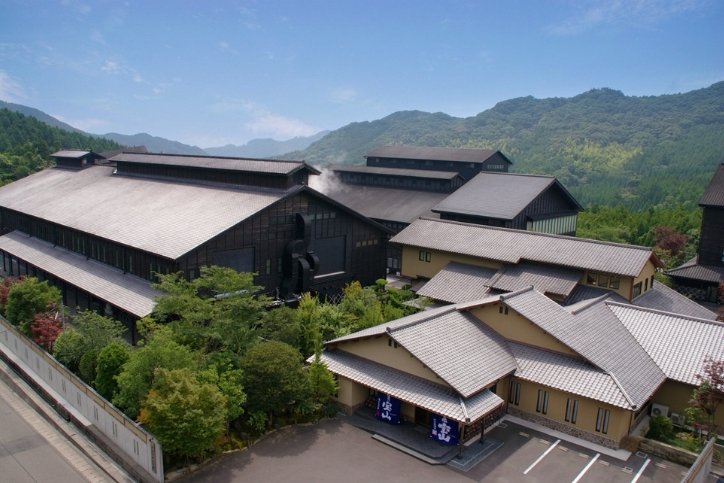
Shochu is a highly versatile spirit, and can be served straight, on the rocks, or long with tonic or soda. Bartenders are using shochu more and more in place of vodka and gin in classic cocktails, particularly the Martini and Negroni. Its typical ABV of 25%-30% is another benefit, as it delivers plenty of flavour without going overboard on alcohol.
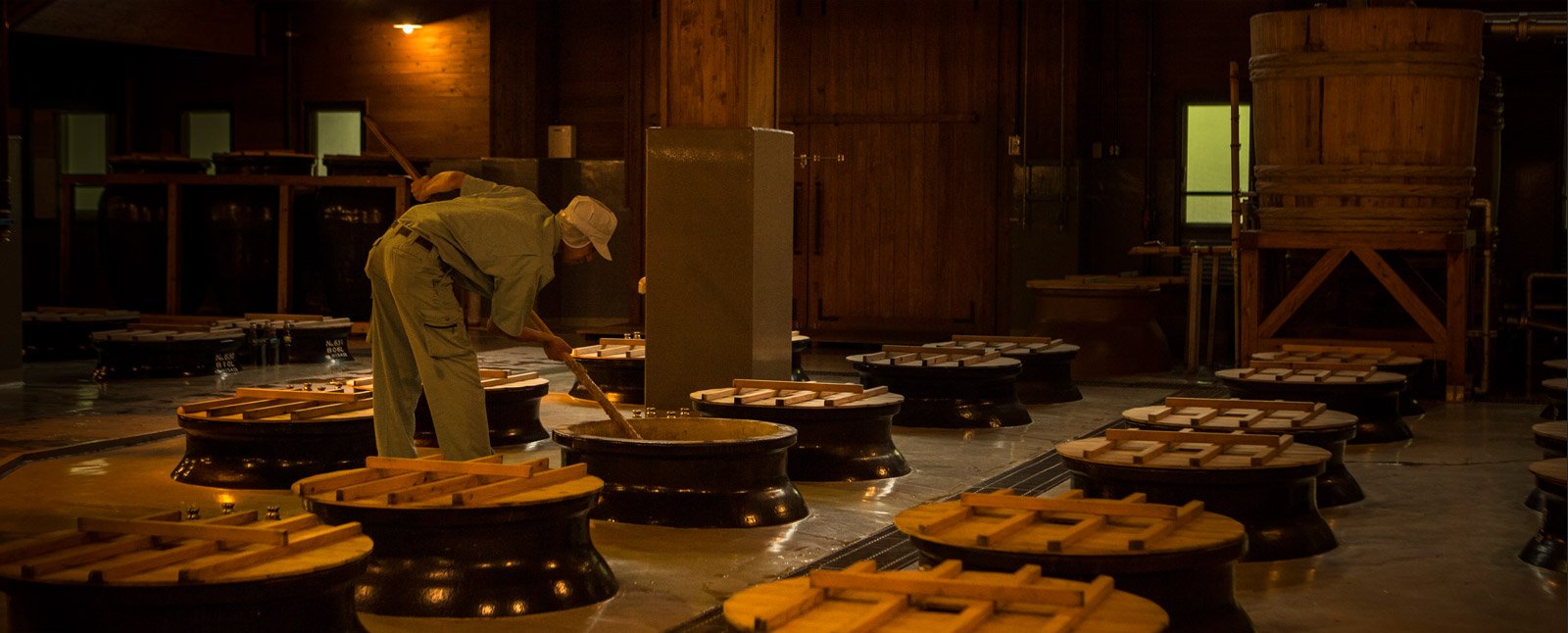
Maverick UK brewer Brewdog is among those now getting in on the act, and is also a winner of an IWSC Outstanding award in this category, for its Inugami Shochu, which uses barley as the base, with the addition of ginger, galangal and Scottish rhubarb – a winning cultural exchange!
The following are the pick of the best shochus from the IWSC’s 2020 spirits tasting.
Top award-winning shochus
Inugami Shochu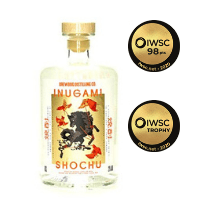
BrewDog Distilling
Gingerbread baked with spices and coated in rum caramel sauce creates an enticing aroma which leads onto a palate of rose petal confectionary. Aroma and flavour are well combined and comforting in their smoothness. Ginger and spice continues through to the finish. Layered, complex, enjoyably interesting complexity. 23%
Houzan Ayamurasaki Imokoji Zenryo Shochu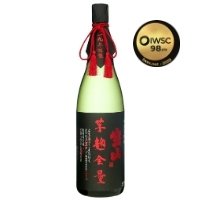
Nishi Sake Brewing
Enticing and aromatic aroma evocating smokey bbq and curry spice intensity. A developing palate of roasted sweet potato and spiced peppers. There is a delightful earthy softness underlying a citrus acidity creating salivatory anticipation. Harmonious and refreshing with a memorably slowly fading finish. Complexity and balanced typified. 28%
Leaves Of Figs, Swaying In The Breeze Shochu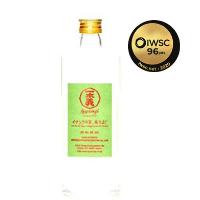
Ippongikubo Honten
Floral and fruity nose with tones of ripe tropical fruit. Cloves develop with citrus zest. Sweetness of sugar candy and banana. Palate develops a creamy combination of aniseed and liquorice whilst keeping the freshness of pineapple. Intense, rich, expressive beautiful example. 40%
Jougo Shochu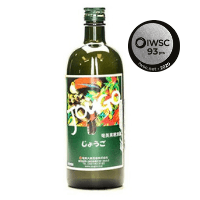
Amami-Oshima Shuzo
Reminiscent of childhood sweetshop: candied confectionary delightfulness on the nose. Palate develops continued perfumed caramel sweetness. Well balanced and integrated, exotic nuttiness finish. 25%
Yakushima Daishizenrin Barley Shochu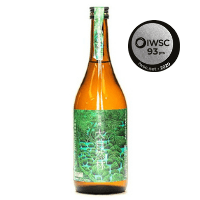
Hombo Shuzo
Intense, evocative nose of delightful roasted tones of cereal, root vegetables, horseradish. Wasabi comes into the palate developing savouriness. Very flavoursome, smooth, mellow long finish. 25%
Shirashinken Mugi Shochu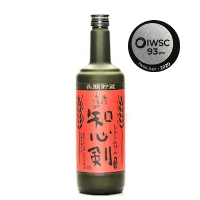
Fujii Shuzo
Accessibly light nose of toasted nuts and wasabi. Wasabi continues to the palate with black pepper intensity. Sweetness and spice continues throughout. 25%
Yatsushiro Shiranuigura Hakusui Kome Genteishu Shochu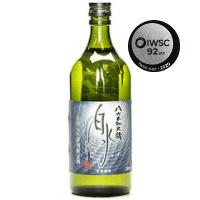
Mercian
Intriguing nose with notes of blue cheese and baked apple. Umami nature of the palate deserves positive praise, savoury lactic edge to a very pleasant balanced finish. 39%
Royal Mizuho 5 YO Shochu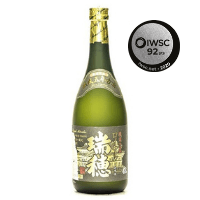
Mizuho Shuzo
Restrained nose of nutty sweetness and raisins, soft gentle layers of ripe yellow stone fruit leads to citrus sharpness and chilli heat. Complex yet accessible. 43%
Ikkomon Murasaki Shochu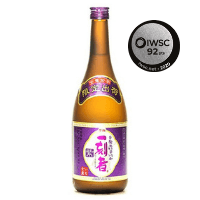
Komaji Juzo
Complex nose of green citrus fruits and ripe yellow tropical stone fruits. Firm mouthfeel combining cream and earth flavours. Umami lingers combining with gentle heat on finish. Well balanced and refreshing. 25%
Glow2020 Shochu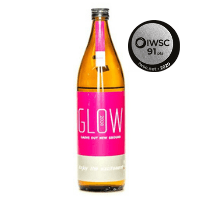
Wakashio Brewing
Green citrus fruit acidity gives a refreshing sourness to the confectionary sweetness. Nuttiness comes through on the mid-palate. Develops a creamy, discrete finish with a lasting note of white pepper. 25%
Kuranoshikon The Orange Shochu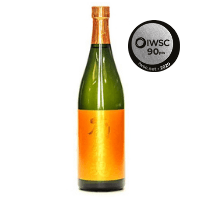
Kanosuke Distillery
Combination of white flowers and ripe stone fruits leading to suggestions of white pepper. Develops heat balanced with both bitterness and earthy notes, vegetal and mellow finish. 25%
